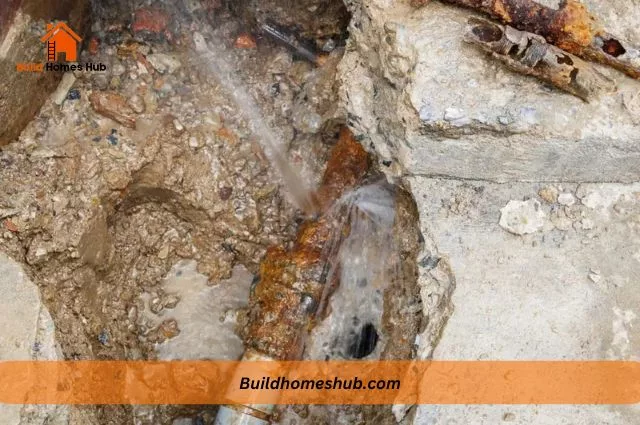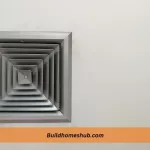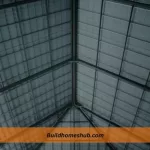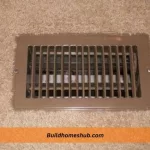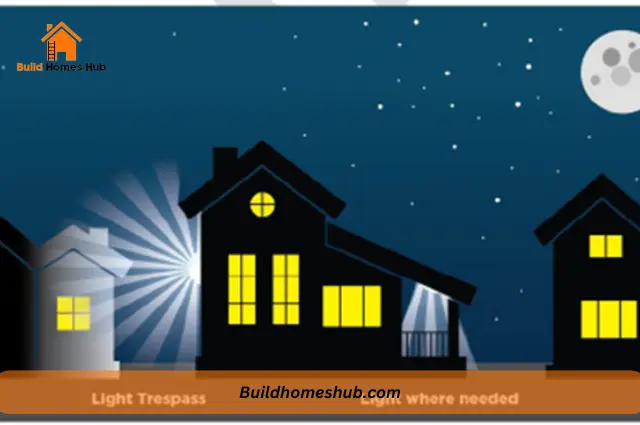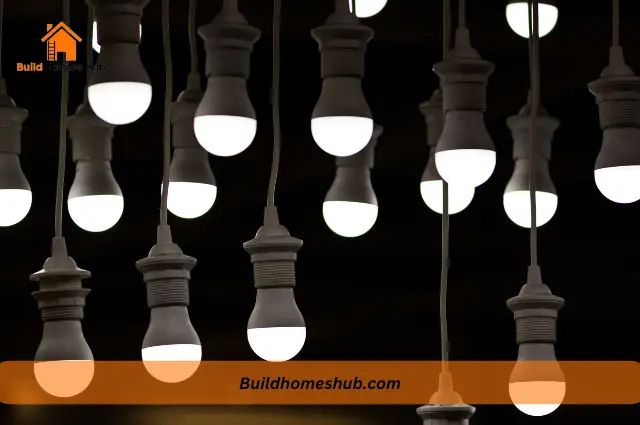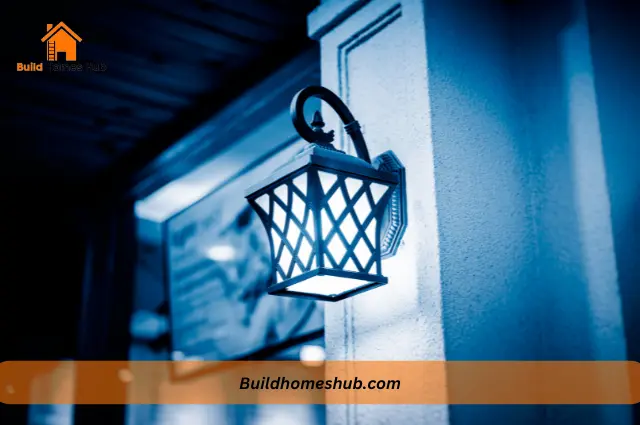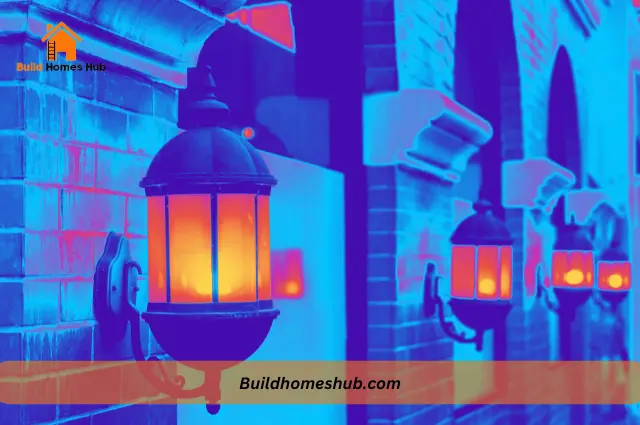A slab leak is a serious issue that can cause serious damage to your property. Even though it may seem as if repairing a slab leak is a simple process, it’s not. Therefore, you should be very careful when dealing with this kind of problem. However, if you follow the right steps and use the right tools then even this potentially destructive problem can be fixed in no time. Let’s take a look at what should be done if there is slab leakage.
What Should Be Done if There is Slab Leakage?
The first step to take is to identify the slab leakage. This will help determine what type of repair method is needed and how long it might take to complete. If your home has a foundation or crawl space, then you should also check for cracks in walls and floors to see if there may be additional problems leading to leakage that need attention before proceeding with any repairs.
Once you have identified where the problem is coming from, solve the underlying problem by repairing cracks in foundations or removing water sources such as leaking pipes under sinks and toilets that could potentially cause groundwater flooding during heavy rains.
Once this has been done properly and completely dried out before proceeding onward with any further repairs; clean up any affected areas thoroughly so no traces remain behind after restoration work has been completed.
How to Deal With Lab leakage?
1. Identify the slab leakage
Begin by identifying the slab leakage. If you’re not sure whether or not you have a leak, there are several ways to find out. You can check the area for wet spots on the floor and walls, which can indicate the presence of leaks. Vigilant homeowners may also notice warped wood floors and peeling paint as signs of water damage caused by a leaky pipe or roof.
Once you’ve identified where the water source is coming from (e.g., broken pipe), examine its location for signs of mold growth or mildew buildup, and decide whether it’s worth repairing before taking further action.
2. Solve the underlying problem
If you find that your slab is leaking and there is a visible crack in the concrete, it’s important to fix the underlying problem before repairing the slab. Fixing the problem will prevent future leaks and save you time and money in the long run.
You should also think about how this leak could affect your home’s foundation: if left untreated, water can seep through cracks in the concrete over time and cause further damage.
3. Repair the slab
Repair the slab with a concrete lift. This method is often used when there are only small leaks or if you just want to fix up your floor before selling your home. However, it can be very expensive because it involves digging out and replacing the entire section of flooring.
Replace the entire slab. This is usually done when there are large holes in your floors caused by water damage or other issues that mean that installing a new slab will be cheaper and easier than repairing your current one, so we recommend this approach if possible.
4. Clean up and restore all affected areas
Once you’ve removed the water and set up a temporary fix to prevent further leakage, it’s time to clean up and restore all affected areas. Remember that there may be mold or other dangerous substances in your home that could cause health problems, so make sure to clean your home thoroughly before doing anything else.
To clean up the area, sweep away any debris on top of the concrete slab and dispose of it properly. If there are damaged carpets or flooring tiles, remove them completely so they can be replaced later on. Remove any exposed insulation as well; this should be left outside until it can be disposed of safely by professionals.
Make sure that no children play around these areas until they’ve been properly cleaned up because playing with these materials could lead them to be exposed themselves which would result in serious issues down the road.
Is a Slab Leak an Emergency?
A slab leak can be an emergency depending on the severity of the leak and the extent of the damage it has caused. If the leak is causing significant damage to your home or poses a safety hazard, it should be considered an emergency and dealt with as soon as possible.
Slab leaks can cause a variety of problems, including water damage to your home, mold growth, and foundation damage. They can also lead to high water bills if left unchecked. If you suspect that you have a slab leak, it is important to have it repaired as soon as possible. This will minimize the potential damage and avoid further problems.
If you are unsure whether your slab leak is an emergency, it is always best to err on the side of caution and contact a plumber or a water damage restoration professional for assistance. They will be able to assess the situation and advise you on the best course of action.
5 Common Causes of Slab Leak
There are several factors that can contribute to the development of slab leaks, including:
1. Corrosion
Over time, the pipes that run through your slab may corrode and develop leaks. This is often caused by a lack of proper corrosion protection on the pipes or the presence of corrosive substances in the water.
2. Water pressure
High water pressure can put extra strain on your pipes, leading to leaks. This is because the increased pressure can cause the pipes to expand and contract more than they would under normal conditions, which can lead to wear and tear over time. In addition, high water pressure can also cause pipes to vibrate, which can lead to leaks developing at the joints.
3. Shifting soil
If the soil around your home shifts or settles, it can put pressure on your pipes and cause them to crack or break. This can happen if the soil expands or contracts due to changes in moisture levels or if the soil is disturbed by construction or other activities.
4. Poor installation
If your pipes were not installed properly, it can increase the likelihood of leaks developing over time. This can be due to a variety of factors, including incorrect sizing of the pipes, improper sealing of the joints, or a lack of proper support for the pipes.
5. Age
As pipes age, they become more prone to leaks. This is because pipes are subjected to a constant flow of water, which can cause them to wear out over time. In addition, older pipes may be more prone to corrosion and other forms of deterioration, which can also lead to leaks. If your home is older, you may be more likely to experience slab leaks.
Conclusion
If you suspect that there is slab leakage in your home, it is important to address the issue as soon as possible. Ignoring the problem can lead to serious damage to your foundation, as well as costly repairs. The best action is to consult a professional plumber who can diagnose the problem and recommend the appropriate repairs.
This may involve excavating the slab to access the leaking pipe and repairing or replacing it, as well as sealing any cracks or voids in the slab to prevent further leakage. By taking timely and effective action, you can protect the integrity of your home and avoid costly repairs down the road.
I like to think I can help you with all the information you need on home renovations and DIY tips. You should subscribe.

